
Index:
UPDATED ✅ Do you want to know the origin, history and evolution of computers and their third generation? ⭐ ENTER HERE ⭐ and discover its chronology ✅ EASY and FAST ✅
The history of computers It is, by all accounts, really fascinating. As in many other situations, evolution is such thatknowing what we currently have, it seems unthinkable to us that these devices come from where they come from.
This time we are going to talk about the third generation of computersalthough you should know that there are a total of six and that you can read about all of them on our website, both in the post on the generation of computers and, of course, in those that we have written so that you can learn more, separately, about each of them.
In any case, under these words you will know what happened in the computer sector between the years 1964 and 1971, which are the ones that mark this period. See all generations of computers full.
What characteristics define the third generation of computers?
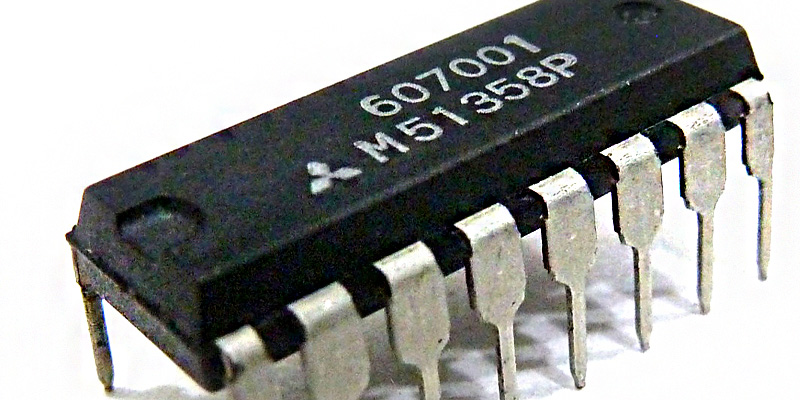
As in every generation, there is a main milestone that occurs in the year 1965 and that is what leads us to define the coming years. In addition, we find some others that make these six years can be perfectly defined as a moment of its own in computing.
- The main feature we have to mention, of course, is the integration of silicon wafer circuits as a method of information processing. These they packed logic gate, oscillator and amplifier, as well as many transistors in miniature. They go on to unseat transistors which, in turn, were the ones that marked the second generation.
- Its introduction was a more capable processing.
- At the same time, it also reduced the size of computers.
- They are united in the same element, the chipcomponents such as diodes, transistors and capacitors.
- Magnetic ring memories are still being worked on.
- The cost of this equipment was considerably lower, being able to finally say that these devices become commercial.
- Processes such as the teleprocess (processing of data coming from a central unit) or the multiprogramming (accommodation of several processes in the main memory so that they are executed at the same time by the processor).
- In general, the machines are much more reliable and flexible.
- We can already talk about asoftware industry“.
What was the evolution and history of the 3rd generation of computers?
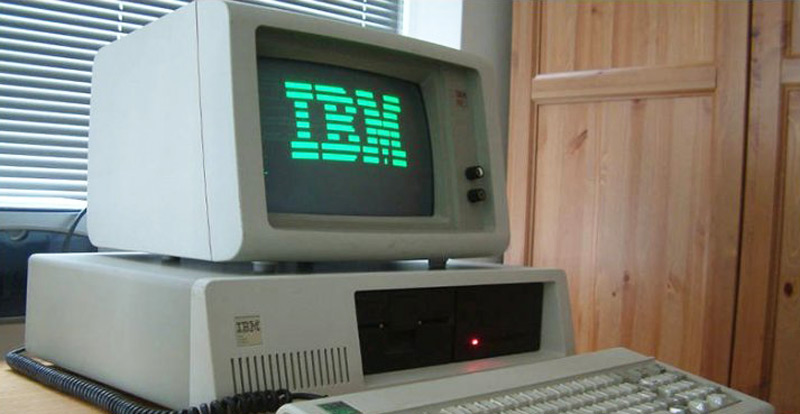
As we have indicated, this time begins in 1964 with the introduction of the integrated circuit to combine different elements of the machines and the substitution of the transistors as the only method to process the information that occurred immediately afterwards.
We see it for the first time in a IBM family of computerswhich was the leading computing corporation at the time, lThe Edgar series, better known as 360. These devices were such a sales success that their contribution to the sector is the most important in history to date.
With this new element the devices were capable of working on tasks of a different naturewhich meant that they were more flexible in terms of the inclusion of programs, being able to standardize many computer models.
We see that a lot of work is being done on the development of new programming languages so that these were more in line with the new characteristics of the devices, with a new syntax and being easier to understand. The most characteristic were BASIC and L6.
In this bit of history we can already see how the minicomputers are letting themselves be seenconsidering itself a different product from computers due, of course, to its size and volume, which made these machines much more “manageable” and versatile elements.
The mouse begins to develop in the middle of the decade and its presentation in 1968 makes the machines easier to use and, therefore, more demanded by a greater number of people.
Magnetic memory, the flexible disk, readers, the floppy disk are also invented… the first pocket calculator and the hypertext system are presented, the Da Vinci’s mechanical calculator and works on the laser printer. UNIX and C appear.
In 1968, the concept of “personal computer” was discussed., as a result of the previous great development that made possible a much smaller size of the teams as well as a greater versatility and possibilities of that. A year later appears what is considered by many to be the first of these devices, the IBM SCAMP.
It is in this year that Intel arises, with the clear objective of designing chipsbeing one of his partners Noyce, who improved the design of the integrated circuit, so that it was, without a doubt, the one that made the company obtain an incomparable success (so much so that it is, for most, the first to come). to the head if we ask about a brand related to computer parts).
In 1969, the ARPANET was created., which was the forerunner of today’s internet. A few months later the fiber optic cable is produced. At the end of the time, integrated circuits had developed a lot having reduced their size, they included the so-called MOS technology and they became cheaper.
Best inventors of the third generation of computers
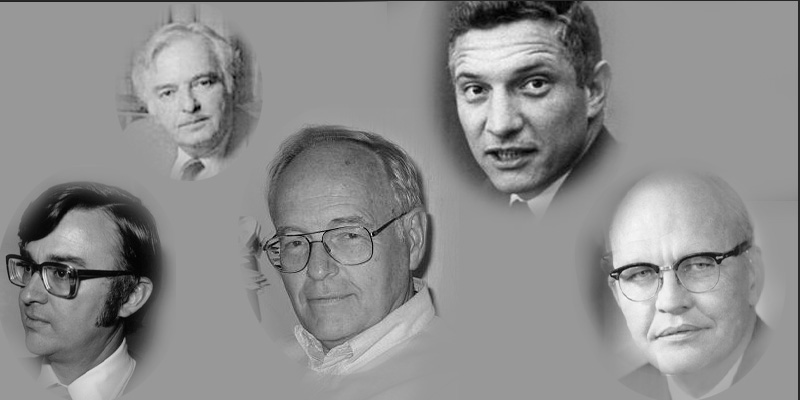
There are five outstanding personalities of the so-called third generation of computers:
Jack St. Clair Kilby and Robert Norton Noyce
Kilby it was who, In 1959, he develops the integrated circuit. new did the same with a creation of his own that solved the problems of the previous design in just six months.
ted hoff
Ted Hoff is the engineer who invented the microprocessor in 1969.. Indeed, you have not read anything about this element because it is not part of the events that mark this third computational history. Although this invention was a before and after years later and, of course, although we will talk about it when appropriate, we cannot forget that its invention occurred within the second generation, although after it was outlined and began to be used.
Thomas Kurtz and John Kemeny
Once again we find two personalities who really did not offer anything revolutionary in this generation but it was in this generation that they invented something that would be a success years later.
Scientist and professor, both worked in 1964 to develop BASICa programming language that you surely know very well and that, without a doubt, was the protagonist in the programming of the microcomputers that were to come as well as in some minicomputers of the time.
What prominent computers appeared in the 3rd generation of computers?
As for the leading computers of this era, we have the following:
Edgar Series
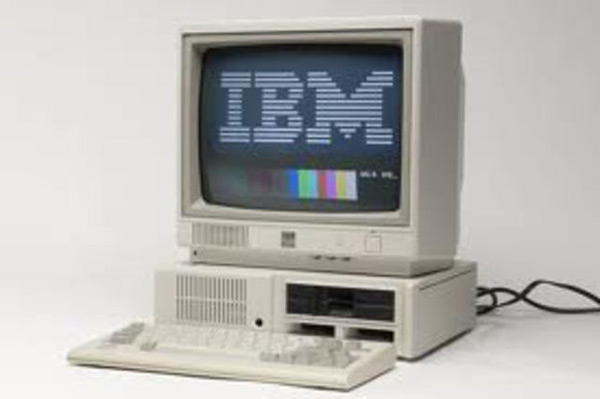
The Edgar or 360 Series is a set of IBM computers that make the transition between this generation and the previous one. Was the first to include integrated circuits in its market machines. The impact of these and what their supposed marketing are such that their importance in history is incalculable.
From this series, knowing that all the devices ran the same software, although they differed in the rest of the characteristics, so that they were adapted to different needs, which made sales a precedent in the sector.
PDP-8
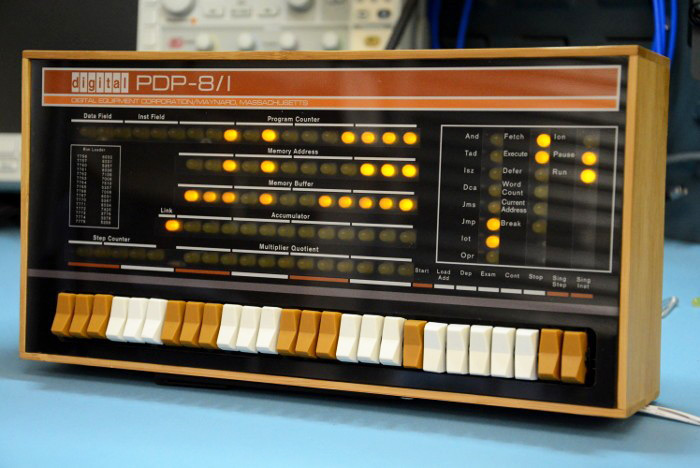
It was considered the first minicomputer that the society could acquirelaunched in 1965. It comes from the hand of DEC and 500,000 copies were sold.
Supported Basic, Fortran II/IV, Focal 71 and C++ as programming languages and worked with macros to be able to implement more advanced logical operations than those used to be sold commercially.
PDP-11
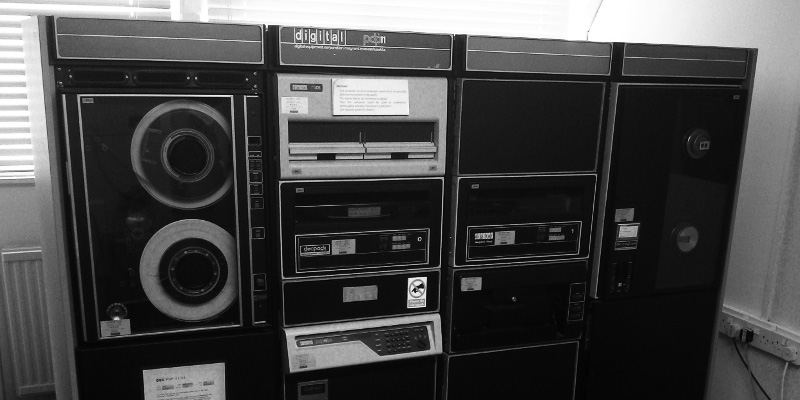
Another great machine (minicomputer type) of the DEC PDP series that began to be commercialized at the end of this generation and that remained profitable on the market for a whole decade.
Stands out for being the first in which its main elements were interconnected in a single bus which, in addition, was asynchronous (UNIBUS). The result was the sending, receiving and exchanging of information with other devices without the need to carry out an intermediate step in memory.
So important was it that when microprocessors were introduced (fourth generation milestone), this device was not obsolete but was modified to have these.
CDC 6600
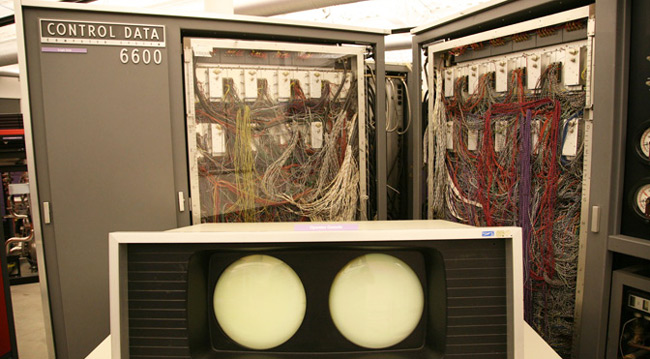
It does not cause any revolution like the previous case but, without a doubt, it is the most powerful supercomputer launched during these six yearsable to adequately follow three million instructions in a second. This is made possible by a 60-bit processor and its 10 peripheral units. It is used by CERN for research related to nuclear energy.
Computing